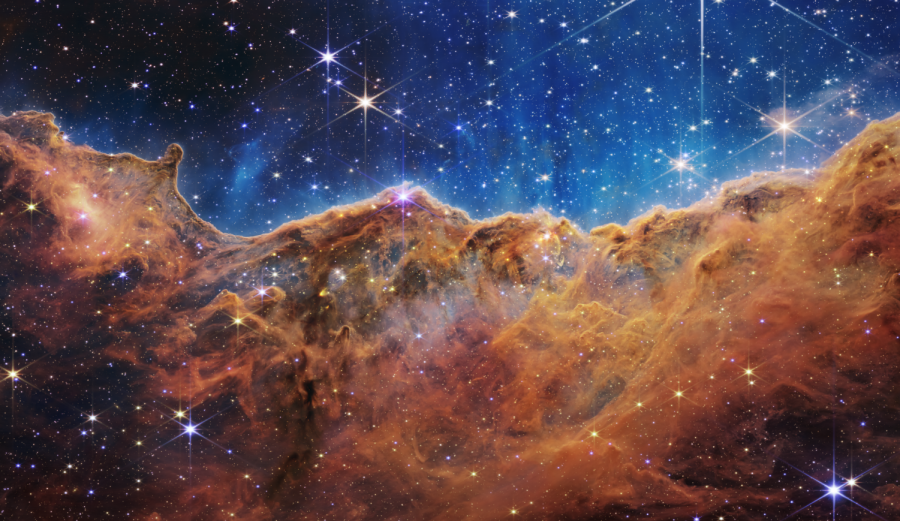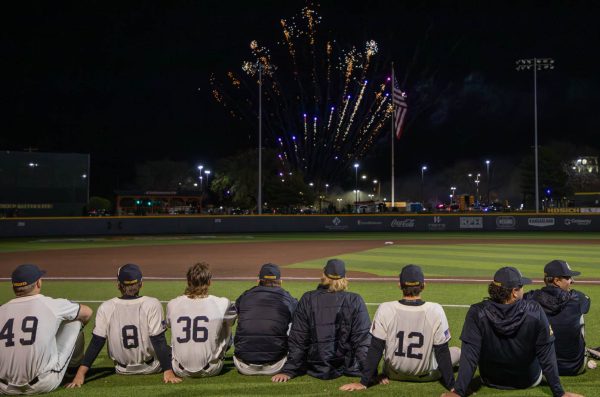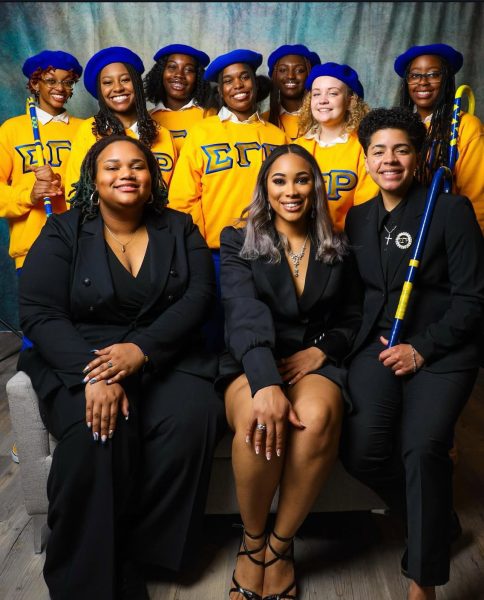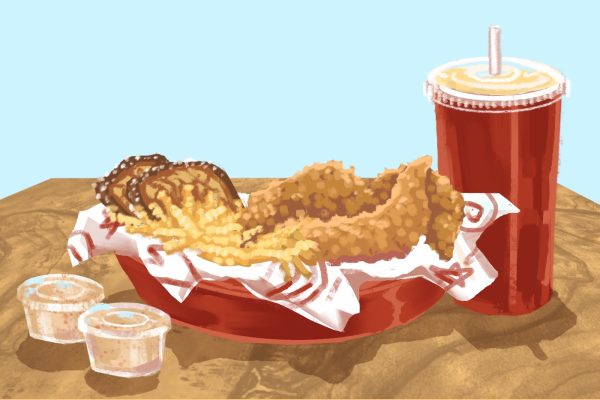OPINION: New NASA photos belong in the classroom
Image captured by NASA’s new James Webb Space Telescope,
After more than 40 years of planning, constructing and eagerly waiting, the National Aeronautics and Space Administration (NASA) scientists have finally revealed the products of the James Webb telescope.
The breathtaking photos show the deepest view of the cosmos ever seen, according to Science News. Along with images of nebulas, dying stars and new galaxies, the photos are believed to provide evidence of the very origins of life itself.
In a July 11 briefing, where the first photo from the telescope was presented to the media, Vice President Kamala Harris said that the telescope will enhance what is known about the origins of our universe, solar system and life.
The first image, which left NASA scientists in tears, shows just a fraction of what our universe has to offer. Dozens of new galaxies captured in remarkable quality dot an expansive blackness in space that has never before been seen by the human eye.
These new photos are not only a testament to the vast improvement in space sciences but are also a reminder that there is so much about our universe that we do not know.
Hopefully, the new data and images captured by the telescope will be presented in WSU courses such as Introduction to Modern Astronomy and Astrophysics. All WSU students pursuing a bachelor’s degree are required to complete a physical science course. Many of the options, including the aforementioned courses, pertain to space and cosmic bodies.
Because we are constantly learning more in space sciences, it’s important that these classes continue to evolve and teach new information as we uncover it. The discoveries of today will serve as the foundation for future knowledge.
By keeping these courses modern and updating the material and topics frequently, WSU will better prepare its students for a future of success in space sciences.
While this leaves instructors with only a month before fall courses begin, that shouldn’t stop them from incorporating the new NASA photos and data.
I’m certain that most physical science course instructors have followed the James Webb telescope closely, but those who haven’t shouldn’t be afraid to learn alongside their students.
After all, the knowledge of the old passed on to the new is exactly how we made it far enough in science to launch a powerful telescope into the void of space and receive data and images from it.
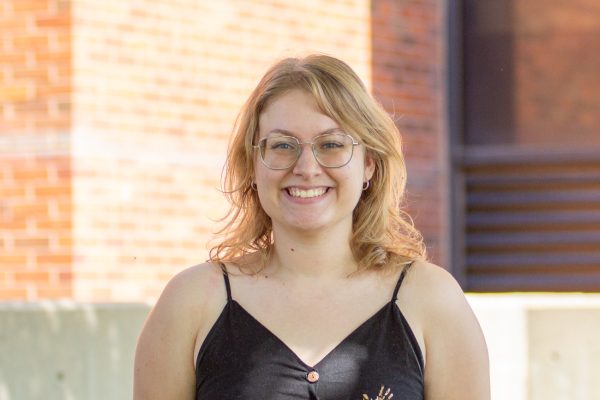
Allison Campbell was the editor-in-chief of The Sunflower during the 2024-2025 year. Campbell is a senior pursuing a journalism and media production...



